Article 03: Hand held Diagnostics: Are we in Star Trek territory yet?
by Bors Hulesch
Captain at brains+cheek
November 2024
The past
Go back far enough in history, to the times before hospitals were the norm, and you will find that the point of diagnosis and care was the patient’s home. For the past 200 years or so, for the more serious illnesses, this has shifted to hospitals. But the trend is reversing, and today, patients themselves are increasingly becoming the point of diagnostics again, with the spread of portable diagnostic devices.
Now, I’m sure we’d all love one of those ‘Tricorder’ devices that were carried by Star Trek exploration parties, which could identify anything that was wrong with a person (or a sufficiently humanoid alien).
So let’s see…
are we at the dawn
of the Age of Tricorders?
And more to the point, can we buy one and be automatically promoted to ‘Medic’ status by wielding it, or must we continue to rely on specialists to interpret its readings? And where does that leave physicians, who have spent decades honing their craft, only to be supplanted by a cheeky little gadget?
Single-function devices, such as portable blood pressure monitors, blood glucose meters, pulsoximeters, thermometers, step counters, fertility tests, pathogen tests, eye tests and clever BMI scales have been in circulation for decades.
However, with miniaturisation comes convergence, and today, we already have devices that can do a lot of these functions in an all-in-one device.
The present
Consider the Viatom CheckMe Pro. It feels suspiciously Star Trekky, with an on-device display, cable free connectivity, and a list of features that already includes 24-hour ECG, heart rate and oxygen level monitoring, an infrared thermometer, blood pressure and blood glucose meters, as well as a step counter.
Viatom CheckMe Pro - aka. Tricorder prototype?Add just a few other functionalities which are already available in hand-held size, such as a digital stethoscope, a portable ultrasound, an otoscope (for microscope-grade ear inspections), eye tests, fertility and pathogen assays, and you could arguably claim to have created a Tricorder v1.0. The device itself need not be larger than your smartwatch, complemented by a small set of external appendages. Even the legendary Tricorder had one of those.
Tricorder plus external dongleHaving accomplished that, all you need to provide is a quality video tutorial and a thorough handbook, and most of us could do our initial diagnostics ourselves, receiving advice from our friendly Tricorder about whether to visit a healthcare professional, and if so, which one.
The future
Used by patients and carers, the Tricorder could help alleviate pressures on healthcare systems, speed up diagnosis, be used in primary and secondary prevention, as well as provide a wealth of data for physicians when patients DO need to see them.
Healthcare professionals are more and more difficult to access. Home diagnostics will help fewer doctors do more, faster, and could play a key role in making healthcare systems more resilient and sustainable for the future.
Will the Tricorder replace
the diagnosing physician?
That seems unlikely.
This is mainly because doctors are trained and certified to hold the risk involved in pronouncing diagnostic judgment, and for making the ensuing treatment decisions. Manufacturers of the Tricorder are unlikely to want to shoulder that responsibility. Even in Star Trek, the Dr. McCoy, the medic on the Starship Enterprise, is the ultimate arbiter.
However, can home
diagnostics make healthcare
professionals’ lives easier?
Most definitely.
Rather than bringing their suspicions, anxieties and google search results to the consultation, patients will be bringing reliable data. This will accomplish two things: first, it will speed up the diagnostic process; and second, it will help doctors diagnose conditions previously left undiagnosed.
There is no technological or cost barrier to this kind of solution. The component functions of the Tricorder are already FDA-approved, quality-certified, and importantly, affordable medical devices. The only factor is time. And the time of the Tricorder is near.
Afterword
If you thought you could be rid of AI for just a few minutes of your waking life, here’s the kicker. Marry these clustered diagnostics with an AI engine, and you will find that your device can recognise the patterns behind your test results, and provide immediate analytics beyond even the imaginations of hard core Star Trek fans.
Reference:
https://www.viatomtech.com/checkme-pro
want to continue reading? choose another article from our ever growing list
-
We live in an increasingly divided world, and it’s not just about our social media algorithms. One only has to look at recent and pending electoral outcomes in the West. These have yielded (or are threatening to yield) unpredictable and surprising results that leave some breathing a sigh of relief, while others groaning in despair. Yet both sides share a sense of uncertainty of how the pendulum will swing: “Will things finally go our way?” or “How long will things stay in our favour?”
Read full article → -
If you were born in the 90’s or before, you’ll likely remember dreaming about the kinds of technologies the future might bring, most certainly starting your sentence with “will we ever…” or “imagine if…”. Today, it’s less a matter of ‘if’ and more ‘when’…
Read full article → -
Go back far enough in history, to the times before hospitals were the norm, and you will find that the point of diagnosis and care was the patient’s home. For the past 200 years or so, for the more serious illnesses, this has shifted to hospitals. But the trend is reversing, and today, patients themselves are increasingly becoming the point of diagnostics again, with the spread of portable diagnostic devices.
Read full article → -
Growing up, robot action movies were part of my staple diet. Remember Robocop? The Terminator series? Especially Part 2; the sequel to end all sequels, where T-800 slugs it out with T-1000? What about Van Damme’s Cyborg? Yeah, I’d forgotten about that one too, but as a kid, I used to love the gore!
Read full article → -
The Internet of Tiny Things is improving healthcare in rural Africa. Are you aware of IoT? The Internet of Things? You should be, because it’s a revolution.
Read full article → -
Stay tuned…




